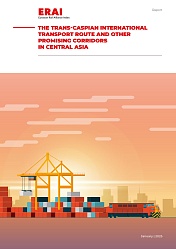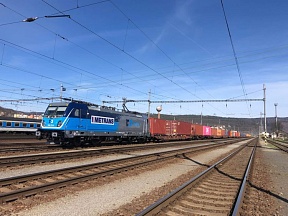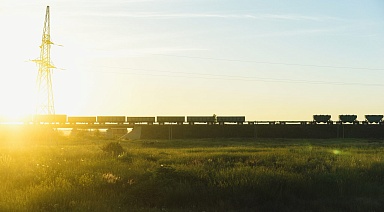A strategic choice that will define Eurasia’s future has paved the way for a new vision for Eurasian transport corridors
Transport corridors

The main structural elements of modern transport and logistics systems are transport corridors. Now, the construction and development of transport corridors should meet the main global trends and challenges: stimulating the economic growth of the corridor countries, safety, reliability and environmental friendliness of transport.

Kazakhstan is well positioned to strengthen its role as a key transit hub between China and Europe amid global shifts in logistics

The development of the International North-South Transport Corridor is a strategically important task for Russia and the countries participating in the venture
This expert opinion was put together following the outcomes of the SPIEF-2024 session, Technological horizon: Models of non-raw material exports

The development of the NSR is intended to provide another link between Asia and Europe

The Trans-Caspian International Transport Route has developed significantly in recent years as one of the routes for freight traffic between China and Europe
«Eurasian Transport Network» outlines key projects and initiatives aimed at improving transport connectivity in Eurasia
The CAREC transport corridors present reliable alternatives to maritime chokepoints, especially for shorter distances and time-sensitive goods
The rapid development of trade relations between Russia and the countries of the Global South, particularly India, entails the need for the development of transport infrastructure and the organization of new cargo delivery routes
The China-Europe freight rail service achieved a remarkable milestone on May 25 by completing its 90,000th journey

